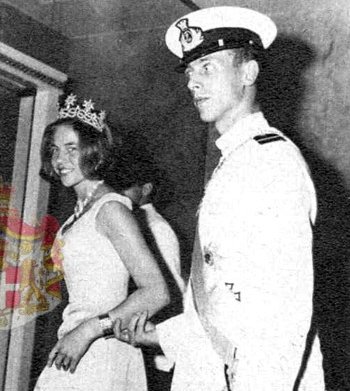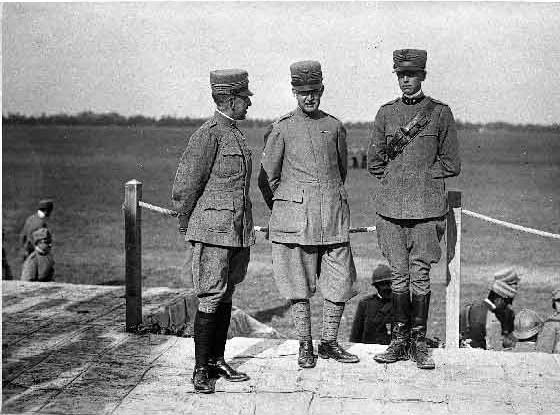<Back to Index>
- Mathematician Nicolaus I Bernoulli, 1687
- Composer Napoléon Henri Reber, 1807
- Viceroy of Africa Orientale Italiana Prince Amedeo of Savoy-Aosta, 1898
PAGE SPONSOR
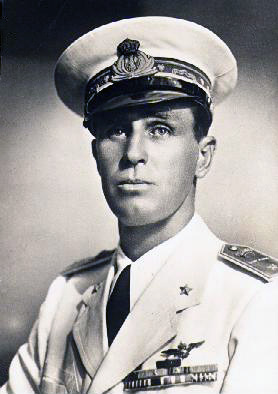
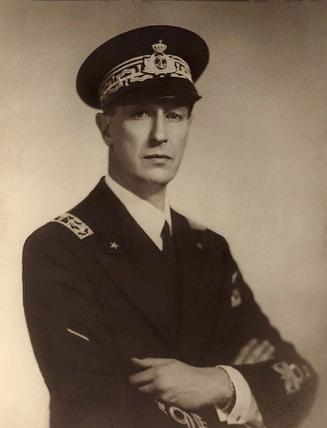
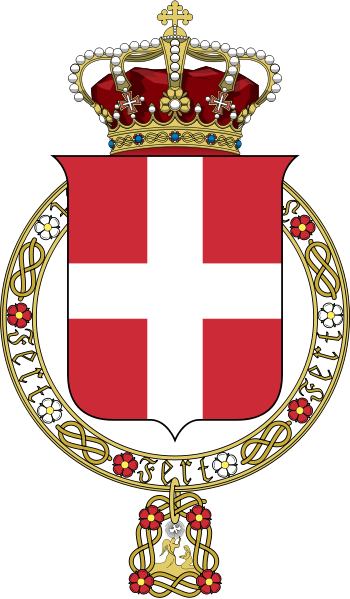
Prince Amedeo of Savoy - Aosta (21 October 1898 – 3 March 1942) was the third Duke of Aosta and a cousin of the King of Italy, Victor Emmanuel III. His baptismal name was Amedeo Umberto Isabella Luigi Filippo Maria Giuseppe Giovanni di Savoia - Aosta. During World War II, he was the Italian Viceroy of Italian East Africa (Africa Orientale Italiana, or AOI).
Amedeo was born in Turin, Piedmont, to Prince Emanuele Filiberto, 2nd Duke of Aosta (son of Amadeus I of Spain and Princess Maria Vittoria) and Princess Hélène (daughter of Prince Philippe of Orléans and the Princess Marie Isabelle of Orléans). His great - grandfather was King Victor Emmanuel II of Italy, making him a member of the House of Savoy. He was known from birth by the courtesy title of Duke of Apulia.
Amedeo was a very tall man. According to Amedeo Guillet, he was once referred to by a journalist as "your highness", The Duke replied: "198 centimetres" (6 feet, 6 inches). Amedeo was educated at Eton College and Oxford University in England. He cultivated British mannerisms, spoke Oxford English, and even enjoyed the pastimes of fox hunting and polo. Amedeo entered the Italian Royal Army (Regio Esercito) and fought with distinction in the artillery during World War I. He left the army in 1921 and traveled widely in Africa. Amedeo subsequently rejoined the Italian armed forces and became a pilot. In 1932, he joined the Italian Royal Air Force (Regia Aeronautica). Amedeo served under Marshall Rodolfo Graziani and Libyan Governor Pietro Badoglio during later stages of the pacification of Libya (1911 to 1932). Amedeo and his fellow airmen harried the Senussi forces of Omar Mukhtar from the sky. When
hostilities in Libya came to an end in early 1932, much was made of the
participation of the "Duke of Apulia" as the commander of the airmen
who forced the Senussi to flee Libya and seek relief in Egypt.[2] On 4 July 1931, upon the death of his father, Amedeo became the Duke of Aosta.
In 1937, after the Italian conquest of Ethiopia during the Second Italo - Abyssinian War, the Duke of Aosta replaced Marshal Graziani as Viceroy and as Governor - General of Italian East Africa.
It was generally conceded that he was a vast improvement over Graziani.
As Viceroy and Governor - General, the Duke of Aosta was also the Commander - in - Chief of all Italian military forces in Eritrea, Ethiopia, and Italian Somaliland. When Italy declared war on the United Kingdom and France on 10 June 1940, the Duke of Aosta became the commander of the Italian forces in what is known as the East African Campaign of World War II. He oversaw the initial Italian advances into the Sudan and Kenya and, in August, he oversaw the Italian invasion of British Somaliland. In January 1941, the British launched a counter invasion and the Italians went on defensive in East Africa. The Italians fought stubbornly throughout February. But, after fierce resistance, the Battle of Keren ended in Italian defeat, the rest of Eritrea, including the port of Massawa, fell quickly. On 31 January, the Duke of Aosta reported that the Italian military forces in East Africa were
down to 67 operational aircraft with limited fuel. With supplies
running low and with no chance of re-supply, the Duke of Aosta opted to
concentrate the remaining Italian forces into several strongholds: Gondar, Amba Alagi, Dessie, and Gimma. He himself commanded the 7,000 Italians at the mountain fortress of Amba Alagi.
With his water supply compromised, surrounded, and attacked by 9,000
British and Commonwealth troops and more than 20,000 Ethiopian
irregulars, the Duke of Aosta surrendered Amba Alagi on 18 May 1941.
Due to their gallant resistance, the British awarded him and his men a
surrender with military honors.
Shortly after his surrender, the Duke of Aosta was interned in a prisoner - of - war camp in
Nairobi, Kenya. He was placed in command of his fellow prisoners, but never saw the end of World War II. On 3 March 1942, shortly after his internment, he died at the prison camp, reportedly as a result of complications from both tuberculosis and malaria. Amedeo was succeeded by his brother, Aimone, 4th Duke of Aosta. From 18 May 1941, the same day Amedeo surrendered Amba Alagi, Aimone was also known as King Tomislav II of Croatia. Amedeo was well known and highly regarded for being a gentleman. In one instance, before he fled his headquarters at Addis Ababa, he wrote a note to the British to thank them in advance for protecting the women and children in the cities. Count Galeazzo Ciano, Italian Foreign Minister under his father - in - law Italian dictator Benito Mussolini,
paid Amedeo a high compliment in his famous diaries. Upon being given
the news of the Duke's death Ciano wrote, "So dies the image of a
Prince and an Italian. Simple in his ways, broad in outlook, and humane
in spirit." Emperor Haile Selassie of
Ethiopia was also impressed by the respect and care that the Duke of
Aosta showed to the exiled Emperor's personal property left behind in Addis Ababa. In a gesture of thanks, the Emperor during his state visit to Italy in 1953 invited the widowed Duchess of Aosta to
tea during his stay in Milan, but was then informed by the Italian
government that receiving the Duchess would cause offense to the Italian Republic, and so the Emperor sadly canceled the visit. Instead he invited the 5th Duke of Aosta to Ethiopia in the mid 60s, and accorded him all the protocol due to visiting royalty. Amedeo was married 5 November 1927, in Naples, to his first cousin HRH Princess Anne of Orléans (1906 – 1986), daughter of Prince Jean of Orléans, styled Duc de Guise, and his wife Princess Isabelle of Orléans (herself daughter of Prince Philippe of Orléans and the Infanta Maria Isabel of Spain). By birth, the Duke and Duchess of Aosta were thus in distant remainder to the Spanish Throne. They had two daughters, both marrying royal princes: Margherita's eldest son HIRH Lorenz, Archduke of Austria - Este acquired the title Prince of Belgium (from 10 November 1995) by virtue of his marriage to HRH Princess Astrid of Belgium, only daughter of King Albert II of Belgium. Their two sons and three daughters are members of the Belgian Royal Family, and as such use the surname "de Belgique" or its variants.
